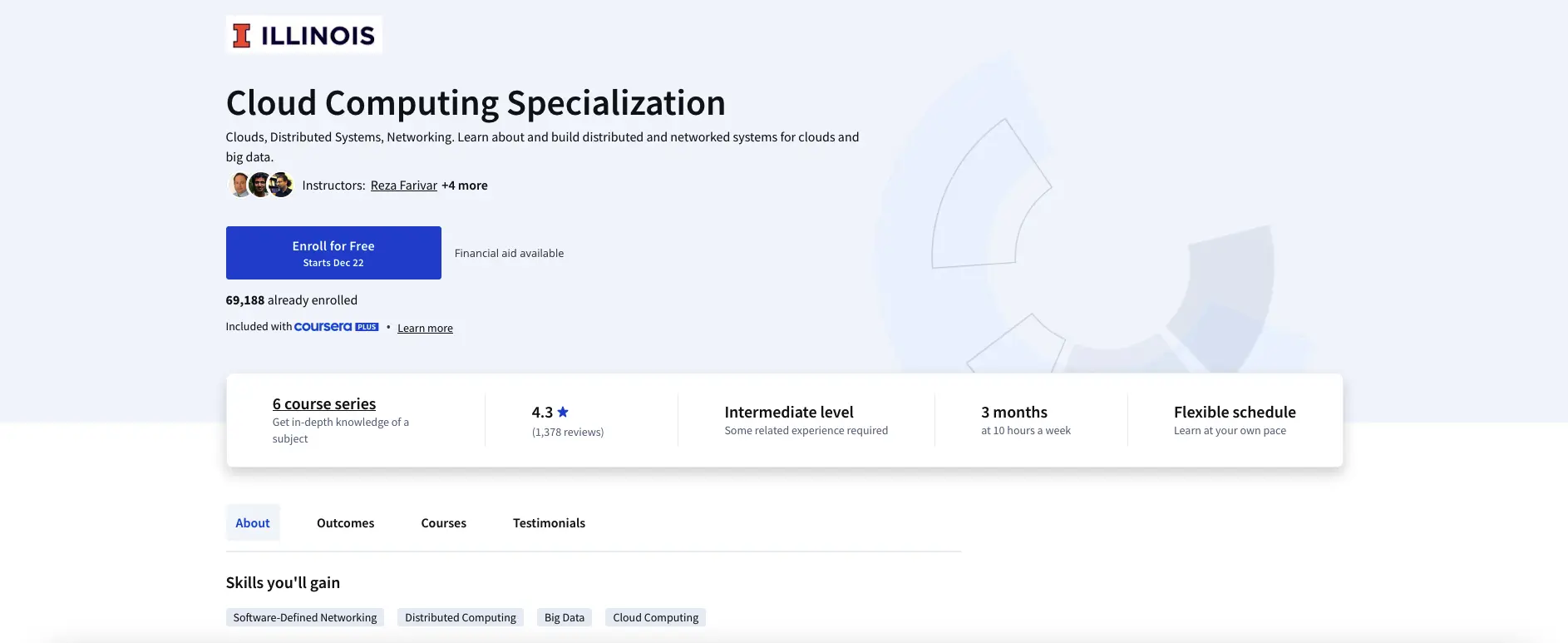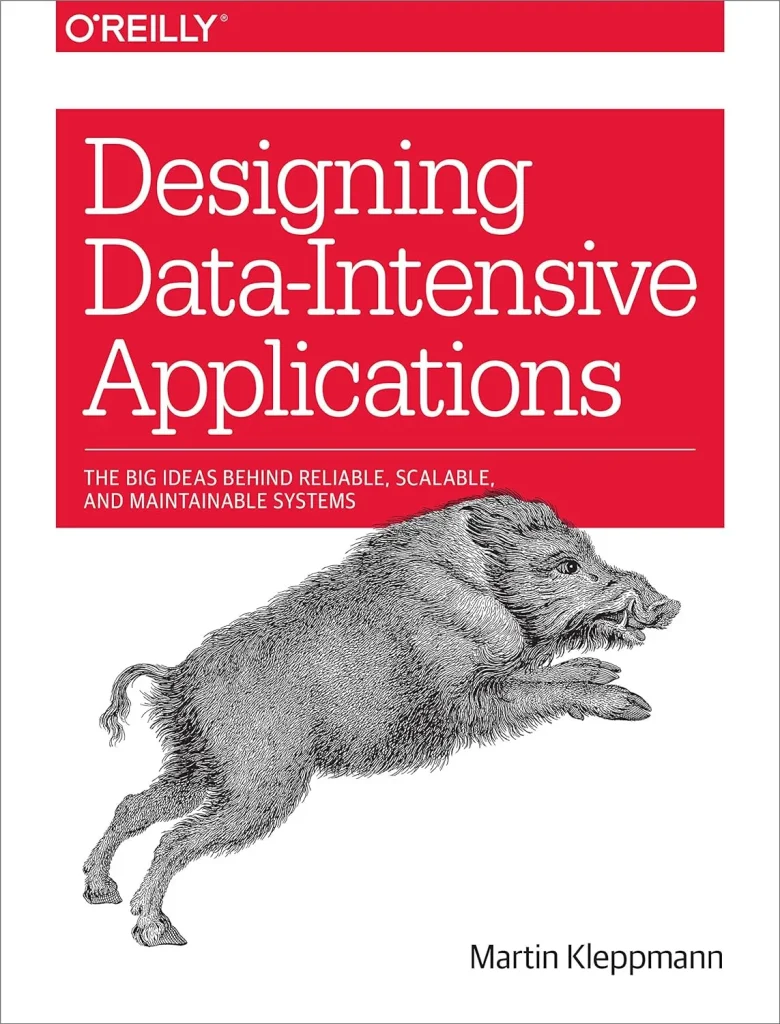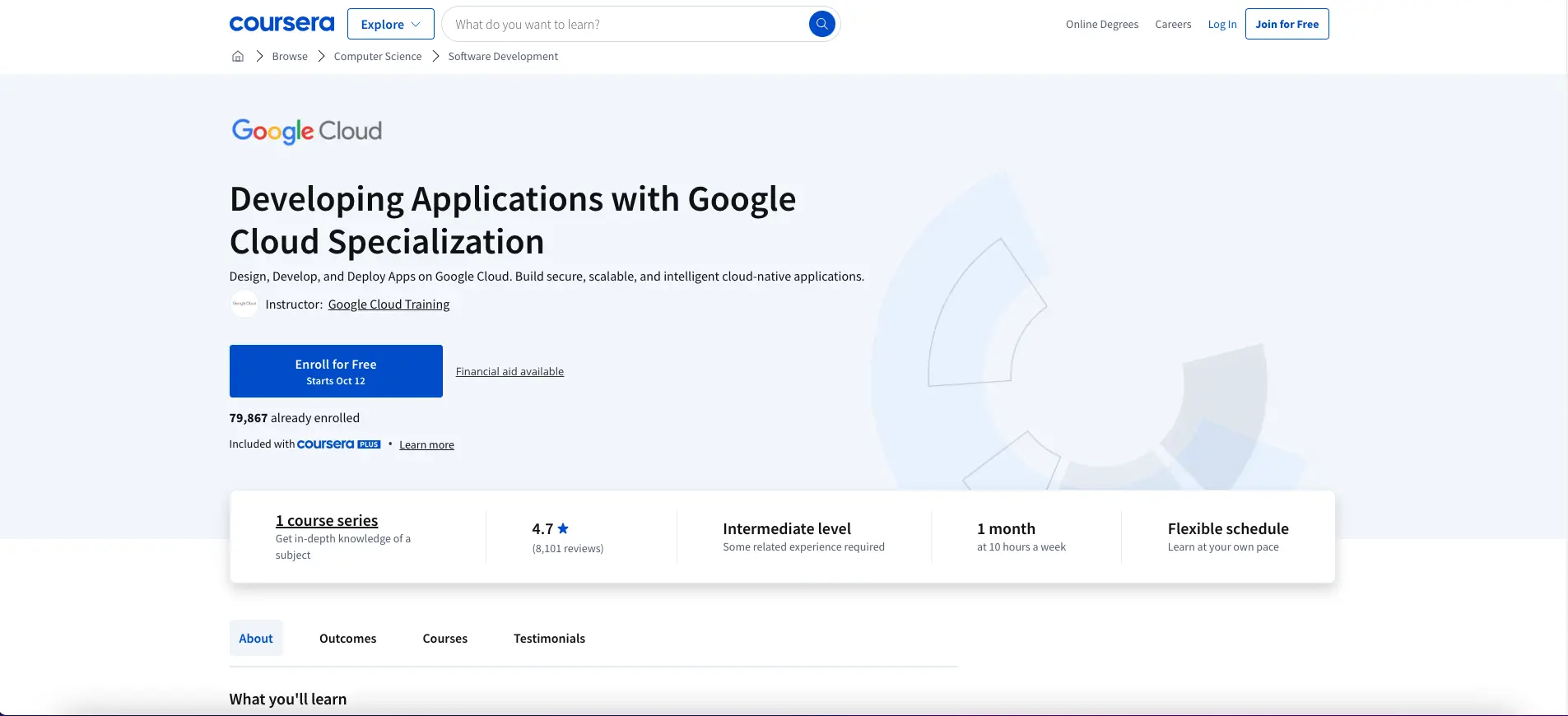The rise of digitalization has propelled scalable cloud data management to the forefront of modern technological advancements. These systems handle massive data loads with unparalleled efficiency, enabling businesses to thrive in competitive environments.
As organizations face ever-growing data demands, scalable and cloud-based solutions are essential for meeting performance, security, and operational needs. This blog delves deep into foundational concepts, challenges, and scalable cloud data management solutions.
Table of Contents
What is Scalable Cloud Data Management?
Scalable cloud data management handles increasing data volumes without compromising performance or reliability. The essence of scalability is enabling systems to expand seamlessly as data grows.
Horizontal vs. Vertical Scaling
- Horizontal Scaling: Adds more servers to distribute workloads, aligning with shared-nothing architectures where components operate independently.
- Vertical Scaling: Enhances the power of existing infrastructure, such as increasing CPU or memory.
Horizontal scaling is a preferred choice in modern systems because it handles large-scale, distributed workloads efficiently.
Applications of Scalable Data Management
- Internet of Things (IoT): Managing vast sensor data from connected devices.
- Data Warehouses: Facilitating business intelligence and decision-making with large datasets.
- Big Data Analysis: Processing structured and unstructured data for actionable insights.
Scalable cloud data management underpins systems with high availability, reliability, and low latency, making it a backbone of modern digital solutions.
The Role of NoSQL in Scalability
Traditional databases, adhering to strict ACID (Atomicity, Consistency, Isolation, Durability) properties, face challenges in scaling — NoSQL databases, designed to meet the scalability needs of distributed systems.
Defining Features of NoSQL Databases:
- Horizontal Scalability: Supports the distribution of workloads across multiple servers.
- Data Replication and Partitioning: Ensures reliability and load distribution.
- Simple Interfaces: Uses APIs instead of complex SQL queries.
- Weaker Concurrency Controls: Optimize speed over strict consistency.
- Efficient Indexing: Ensures rapid data retrieval.
- Dynamic Schemas: Adapts data models on the fly to accommodate evolving needs.
BASE vs. ACID Models
- BASE (Basically Available, Soft state, Eventually consistent): Prioritizes availability and scalability by relaxing consistency requirements.
- ACID: Guarantees strict data integrity but sacrifices scalability.
Popular NoSQL systems include MongoDB, Cassandra, and Google Bigtable. Each has unique features for specific use cases.

IoT Data Management
The Internet of Things (IoT) is a vast network of interconnected devices that generate, transmit, and analyze massive amounts of data. Managing this diverse and high-velocity data has unique challenges.
Key Challenges in IoT Data Management
- Real-Time Data Processing: Data Stream Management Systems (DSMS) and Complex Event Processing (CEP) handle time-sensitive data streams.
- Dynamic Resource Allocation: IoT systems require flexible resource management to scale with fluctuating workloads.
- Security and Privacy: Safeguarding sensitive data generated by devices is paramount, given the risk of breaches.
Characteristics of IoT Data
- Heterogeneity: Data from varied sources, including RFID tags, sensors, and GPS systems.
- Spatio-Temporal Data: Integrating location and time dimensions for enhanced contextual understanding.
Data Storage Approaches
- Centralized Storage: Offers easier management but faces latency and bandwidth issues.
- Distributed Storage: Uses edge and cloud computing to ensure lower latency and improved reliability.
How Scalable Cloud Data Management Powers IoT
Scalable cloud data management solutions address the complexity of IoT by combining cloud computing, Big Data analytics, and machine learning. They enable real-time insights, better decision-making, and seamless integration across diverse IoT applications in healthcare, manufacturing, and smart cities.
Core Benefits of Scalable Cloud Data Management
- Cost Efficiency:The pay-as-you-go model ensures that customers only pay for resources they consume, with no upfront hardware and software costs. Shared infrastructure allows providers to reduce operational costs while offering competitive prices to users.
- Elasticity:Cloud systems can scale seamlessly, adding or reducing resources to accommodate workload fluctuations. This elasticity is beneficial for handling seasonal spikes or large-scale data analysis.
- Ease of Access:Cloud services are accessible anytime, anywhere with an internet connection, empowering businesses to operate with greater flexibility. Accessibility also promotes collaboration across geographically distributed teams.
- Quality of Service (QoS):Managed by specialized providers, cloud systems offer high uptime, performance guarantees, and robust disaster recovery capabilities through service level agreements (SLAs).
- Security Options:While storing data on untrusted hosts can be a challenge, solutions like private and hybrid clouds provide customizable security features.
Key Concepts in Scalable Cloud Data Management
- Data Models:
- Key-Value Stores: Simplistic design for applications requiring fast lookups (e.g., Redis).
- Document Stores: Store semi-structured data in formats like JSON, providing flexibility for applications like MongoDB.
- Extensible Record Stores: Hybrid solutions suitable for complex data management, such as Google Bigtable and Apache HBase.
- CAP Theorem:The CAP Theorem (Consistency, Availability, Partition Tolerance) is a cornerstone principle in distributed systems. It states that a distributed system can achieve two out of three guarantees:
- Consistency: Ensures all clients see the same data at the same time. Crucial for transactional systems, where data integrity is a priority.
- Availability: Guarantees that every request receives a response, even during system failures.
- Partition Tolerance: Ensures the system continues functioning despite network partitioning (loss of communication between nodes).
Cloud systems often prioritize Availability and Partition Tolerance over Consistency to handle scalability and fault tolerance effectively. For example, NoSQL databases like Cassandra and DynamoDB prioritize Availability and Partition Tolerance over Consistency.

Data Management Challenges
- Scalability vs. Ease of Programming: Ensuring performance without over-complicating development.
- Consistency Guarantees: Balancing strong consistency with high performance in distributed environments.
- Security: Protecting sensitive data stored on third-party servers.
- Data Transfer Bottlenecks: Managing latency and bandwidth issues for large-scale data transfers.
Analytical and Transactional Data Management in the Cloud
Cloud environments support two primary data management paradigms:
Transactional Data Management
- Found in applications like banking, reservations, and e-commerce.
- Relies heavily on ACID properties, making it challenging to move to the cloud due to:
- Complexity in maintaining global data consistency.
- Security risks associated with untrusted hosts.
- Limited scalability of traditional ACID-based systems.
Analytical Data Management
- Supports business planning, decision-making, and machine learning tasks.
- A better fit for cloud environments due to:
- Lower dependency on strict consistency.
- Effective use of shared-nothing architectures.
OLTP vs. OLAP in the Cloud
As data-intensive applications increase, understanding the distinction between OLTP (Online Transaction Processing) and OLAP (Online Analytical Processing) is critical to designing effective cloud data management systems.
OLTP: Challenges in the Cloud
- ACID Properties Dependency: OLTP systems require strict Atomicity, Consistency, Isolation, and Durability, which are difficult to maintain in distributed cloud environments.
- Shared-Disk Multiprocessors: These systems do not align with the shared-nothing architecture, a hallmark of scalable cloud systems.
- Security Concerns: Storing sensitive transactional data (e.g., banking, reservations) on untrusted hosts poses significant risks.
- Performance Bottlenecks: Replicating transactional data across geographically distributed servers impacts latency and overall system performance.
Despite these challenges, hybrid cloud solutions integrating private clouds for OLTP and public clouds for analytics (OLAP) are emerging as practical alternatives.
OLAP: Ideal for the Cloud
- Shared-Nothing Architectures: These systems efficiently distribute workloads across clusters of commodity servers.
- Relaxed ACID Guarantees: Unlike OLTP, OLAP systems can tolerate relaxed consistency requirements, as data accuracy is less time-sensitive.
- Cost-Effectiveness: Leveraging cloud infrastructures reduces costs associated with storing and analyzing petabyte-scale historical data.
- Data Anonymization: Anonymizing sensitive data before processing it in public clouds can address privacy concerns.

Cloud Service Models and Deployment Types
Cloud services have transformed how organizations manage, process, and store data. Understanding the various service and deployment models is essential for effectively leveraging cloud infrastructure.
Cloud Service Models
- Infrastructure as a Service (IaaS):IaaS provides virtualized computing resources over the internet, including virtual machines, storage, and networking. Ideal for businesses that want the flexibility to configure their infrastructure without maintaining physical hardware.Example: Amazon EC2 allows users to rent virtual servers to run their applications, offering scalability and pay-as-you-go pricing.
- Platform as a Service (PaaS):PaaS offers a development environment and tools for building, testing, and deploying applications. Eliminates the complexity of managing the underlying infrastructure, allowing developers to focus solely on application logic.Example: Google App Engine enables developers to build scalable web applications with integrated APIs, databases, and security support.
- Software as a Service (SaaS):SaaS delivers ready-to-use software applications over the Internet, eliminating the need for installation and maintenance.Example: Salesforce CRM is a cloud-based customer relationship management tool accessible through a web browser. It streamlines business processes like sales and marketing.
Cloud Deployment Models
- Private Cloud: Dedicated to a single organization, offering enhanced security, control, and customization. Suited for businesses handling sensitive data but comes with higher costs because of dedicated infrastructure.
- Public Cloud: Multiple organizations share resources, making it cost-effective. Ideal for applications requiring scalability and agility, but security risks may arise because of shared infrastructure.
- Hybrid Cloud: Combines private and public clouds, leveraging the security of private clouds and the scalability of public clouds. Common use cases include storing sensitive data in private clouds while using public clouds for non-sensitive operations.
- Community Cloud: Shared infrastructure among organizations with common goals, such as government agencies or research institutions. Facilitates collaboration and cost-sharing while maintaining privacy.
Bigtable and Its Innovations
Google Bigtable is a highly scalable, distributed database system that underpins many Google services, including Google Earth and Analytics. Google Bigtable optimizes for managing large-scale structured data across thousands of machines.
Key Features
- Dynamic Partitioning: Automatically partitions data across nodes to ensure scalability and performance.
- Timestamps: Supports data versioning for historical analysis, allowing applications to retrieve past data states.
- Column Families: Groups related columns into families, enabling efficient storage and retrieval.
Applications
- Real-time analytics.
- Search engine indexing.
- Machine learning workloads.
MapReduce: Simplified Parallel Processing
MapReduce simplifies distributed data processing by breaking it into two key phases:
- Map Function: Processes raw input data and generates intermediate key-value pairs.
- Reduce Function: Aggregates and processes the intermediate data to produce the final results.
Strengths
- Fault Tolerance: Automatically reassigns tasks if a node fails during execution.
- Scalability: Designed to process petabyte-scale datasets across thousands of machines.
- Flexibility: Handles unstructured or semi-structured data, making it versatile for log analysis and indexing applications.
Despite its strengths, MapReduce has limitations in interactive analytics and real-time processing, prompting hybrid solutions like integrating MapReduce with relational DBMSs for optimized performance.
Security and Privacy in Scalable Cloud Data Management
Security remains a critical concern in cloud data management. The risks of storing sensitive data on third-party servers require robust solutions.
Key Challenges
- Data Confidentiality: The risk of unauthorized access to sensitive data on untrusted hosts.
- Compliance and Regulation: Adhering to data protection laws like GDPR or HIPAA while operating in global cloud environments.
Solutions
- Virtual Private Clouds (VPCs): Provide isolated environments within public clouds with enhanced security controls.
- Hybrid Solutions: Private clouds store sensitive data, while public clouds manage non-sensitive processing (e.g., hybrid clouds for OLTP and OLAP).
Declarative Programming in the Cloud
Languages like Overlog simplify cloud application development by abstracting the complexities of distributed systems. This trend will likely continue, allowing developers to concentrate on application logic instead of managing infrastructure.
Autonomous and Adaptive Systems
The future lies in autonomic data management, where systems self-adjust to changing workloads:
- Replication Management: Automatic scaling and replication ensure consistent performance during peak loads.
- Fault Tolerance: Advanced techniques allow systems to recover seamlessly from hardware or software failures.
Future Trends in Scalable Cloud Data Management
Looking ahead, several trends will define the evolution of cloud data management:
- Green Data Management: Focus on energy-efficient operations in data centers.
- Advanced Workflow Management: Leveraging distributed systems for scientific research and global collaboration.
- Declarative Programming: Simplifying cloud application development with frameworks like Overlog.
- Autonomic Data Management: Automating scaling and replication to adapt to changing loads.
Further Reading
- Books
- Designing Data-Intensive Applications by Martin Kleppmann
- Cloud Computing: Concepts, Technology & Architecture by Thomas Erl
- Online Courses
- Technical Blogs and Tutorials
- Open Source Projects
References
Goebel, V. (2024). Scalable Data Management Cloud Data Management (IN5040). Department of Informatics, University of Oslo.
🚀 Before You Go:
- 👏 Found this guide helpful? Give it a like!
- 💬 Got thoughts? Share your insights!
- 📤 Know someone who needs this? Share the post!
- 🌟 Your support keeps us going!
💻 Level up with the latest tech trends, tutorials, and tips - Straight to your inbox – no fluff, just value!
















Great overview of scalable cloud data management. The distinctions between horizontal and vertical scaling were well explained, and the insights on NoSQL and IoT data handling were especially useful. A concise, informative read for anyone working with modern data systems.